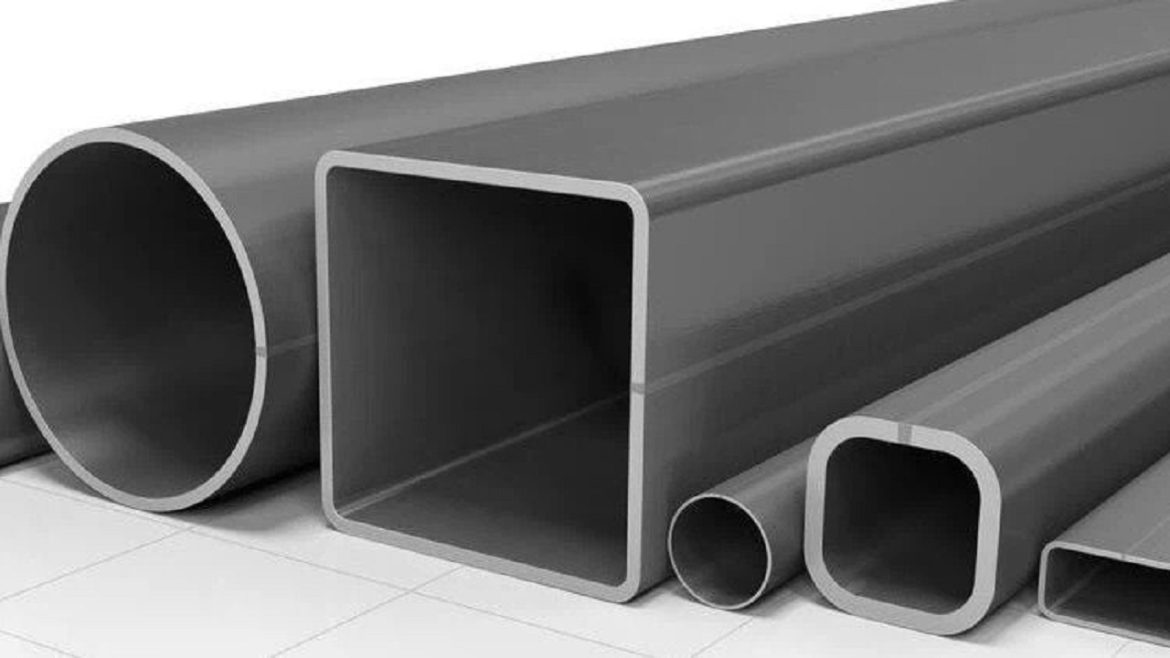Construction projects must prioritize structural safety and durability, especially in areas prone to extreme weather and natural hazards like high winds and seismic activity. Materials like C350L0 steel must pass impact test specifications to guarantee the safety and longevity of buildings. In this article, you will explore why it’s so crucial to have AS/NZS 1163 C350L0 Pipe with Zero Impact Test and what that means for the durability of your buildings.
Understanding Impact Test Requirements
During an impact test, a material is subjected to a sudden force to mimic the conditions under which buildings might sustain unexpected impacts in the real world. Impact tests determine whether or not C350L0 steel can take a blow without cracking. These are necessary because they simulate the wear and tear that a structure might experience over time.
Guaranteeing Structural Resilience
C350L0 steel structures frequently carry heavy loads and are subjected to dynamic forces. Impact test standards are in place to ensure the material won’t shatter under pressure. This is especially important for bridges, high-rise buildings, and other industrial facilities where public safety is at stake.
Accurate Assessment of Fracture Toughness
The resistance of a material to the spread of cracks is measured by its fracture toughness. Engineers can learn more about C350L0 steel’s toughness through impact testing by gaining insight into the material’s fracture behavior. This data is critical for developing resilient building designs to withstand shock loads and stop cracks in their tracks.
Verification of Manufacturing Quality
It is not just the material’s properties but also the quality of the manufacturing processes that determine whether or not an item passes an impact test. Every piece of C350L0 steel has the required impact resistance because of the uniformity in production practices and material properties. This checking procedure helps along the integrity of the final product.
Adaptability to Challenging Environments
Severe weather and natural disasters are more common in some areas than others. Buildings in such areas must be sturdy enough to withstand earthquakes, wind, and flying debris. Impact-resistant C350L0 steel provides an extra safety measure, lowering the potential for structural failure and saving lives.
Compliance with Industry Standards
To ensure the security of buildings, impact test requirements are included in the Australian/New Zealand Standard for cold-formed structural steel hollow sections, AS1163. Manufacturers and builders can rest assured that their products and structures will be safe if they follow these guidelines.
Engineering for Longevity
A building’s ability to withstand the test of time determines how long it will last. C350L0 steel, which is resistant to impact, extends the life of the structure by reducing the likelihood of cracks and fractures that could weaken it. This is of great use in infrastructure projects, where the price of repairs and upkeep can quickly add up.
Conclusion
Safety and dependability in structures depend on meeting impact test requirements for C350L0 steel. Engineers can use the data they collect to create stronger materials and more resilient structures by learning how a material reacts to sudden impacts. Manufacturers and builders who adhere to these standards improve the built environment’s reliability, stability, and longevity. C350L0 steel with verified impact resistance keeps buildings standing despite hurricane-force winds, earthquakes, or any other environmental hazards.

